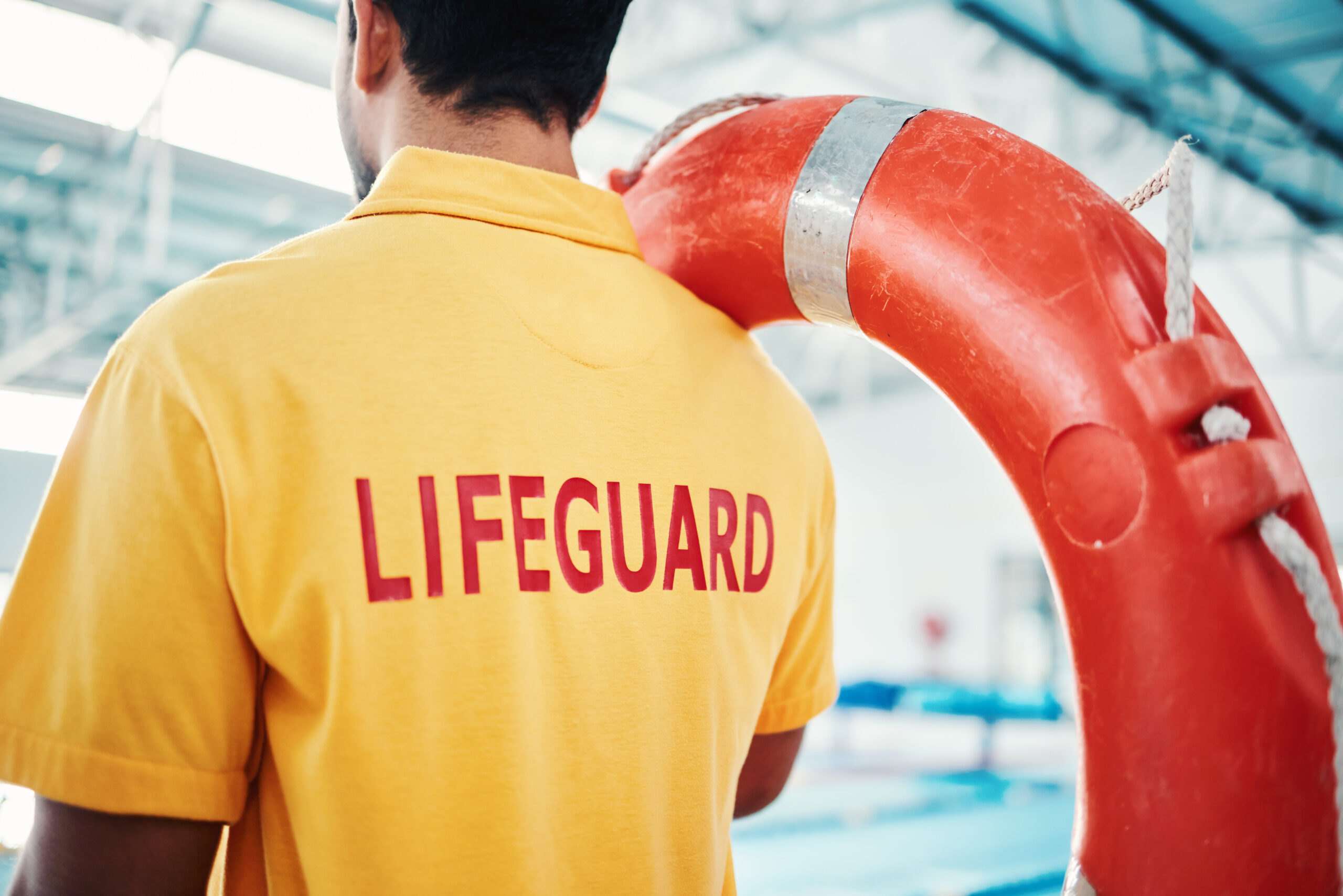Hi, it’s Dr. Curry-Winchell or Dr. BCW. as National Water Safety Month comes to end end I wanted to discuss an important topic: Water Safety. Whether enjoying the beach, pool, or even at home, implementing these year-round tips can help prevent accidents and save lives.
1. Swim with a companion:
Always remember the importance of swimming with a friend, family member, or lifeguard nearby. In an emergency, having others around significantly increases your chances of survival. Remember, even strong swimmers can find themselves in dangerous situations. A recent incident where a US Olympic swimmer fainted while swimming reminds us that unforeseen circumstances can affect anyone. If not for her swim coach’s quick actions, the swimmer would have drowned.
https://www.womenworking.com/olympic-swimmer-almost-drowns-during-competition
2. Timesharing…not a condo in Hawaii:
It’s easy to assume that everyone is watching for one another in a group, particularly when children are involved. Unfortunately, this false sense of security can be dangerous. Establish a schedule for supervision, dividing the day into equal blocks to ensure everyone gets a chance to relax while maintaining safety. By doing so, you create a system where someone is always focused on water safety and watching out for the little ones and vulnerable individuals in your group.
3. Stay vigilant:
If your child is swimming, it’s crucial to be present and attentive. If you need to step away momentarily, ask a trusted friend or family member to watch over your child or take them with you. Even if your child is a proficient swimmer, never assume they are invulnerable. Continuously supervise them as if they cannot swim. Remember, drowning is the leading cause of death for children ages 1-4 and the 2nd leading cause for children 5-14.
https://www.cdc.gov/drowning/facts/index.html
4. Beware of Overconfidence:
Avoid relying solely on floaties or “puddle jumpers” for children who cannot swim, as they can create a false sense of security. This could lead to a child jumping into a pool without the necessary support, mistakenly believing they can swim or float. Instead, prioritize swimming lessons and appropriate safety measures to ensure their protection.
5. Water Safety at Home:
Even within the confines of your home, water can pose risks. When using a bathtub, check the water temperature (it should not exceed 120°F) to prevent scalding accidents. Remember that even shallow water, as little as an inch or two, can be hazardous for children. Always remain vigilant and never leave a child unattended near any water source.
6. Empower yourself:
Taking the time to learn CPR can be a life-saving skill. You can make a difference in an emergency and potentially save someone’s life. Consider enrolling in a CPR course and equipping yourself with this invaluable knowledge.
On National Safety Day, prioritize water safety and proactively protect our loved ones by implementing these tips;
- Swimm with companions
- Staying vigilant
- Empowering ourselves through CPR training
Stay safe and enjoy the water responsibly.
Dr. BCW (Dr. Curry-Winchell)
